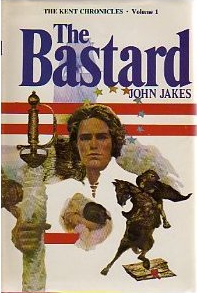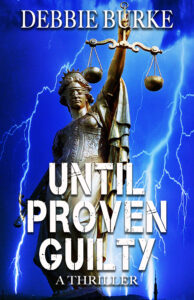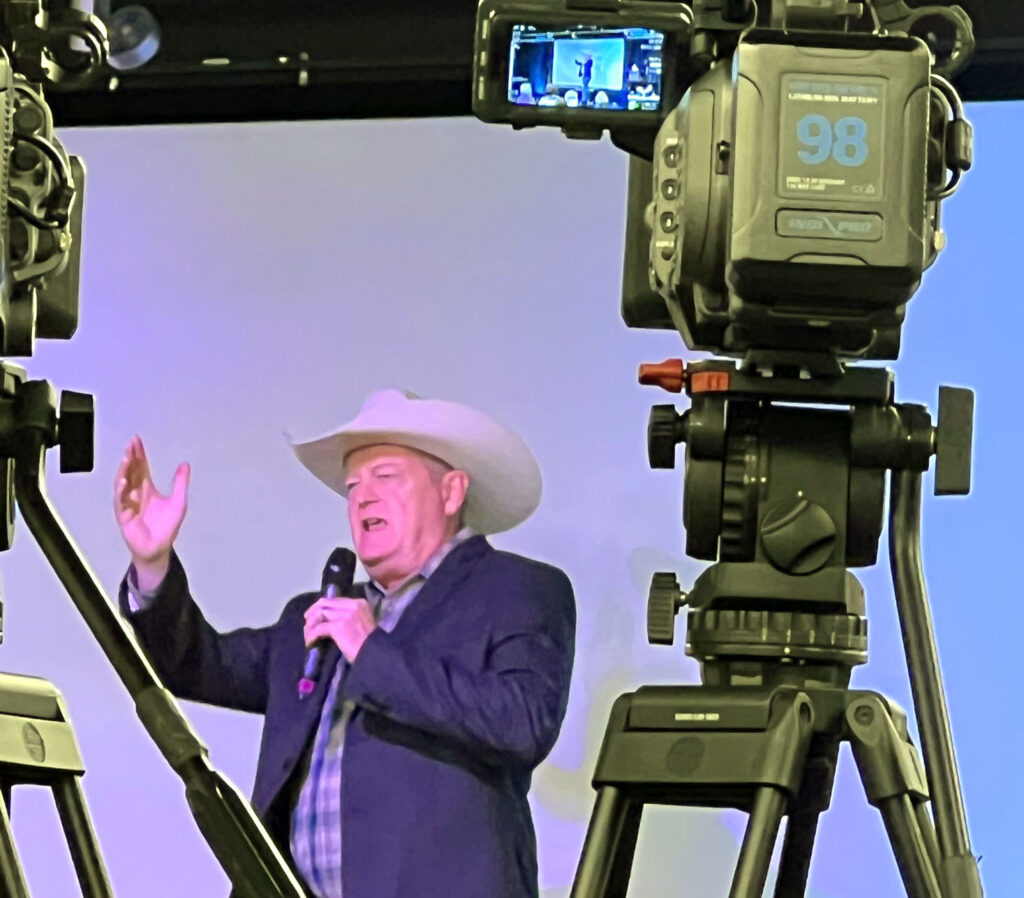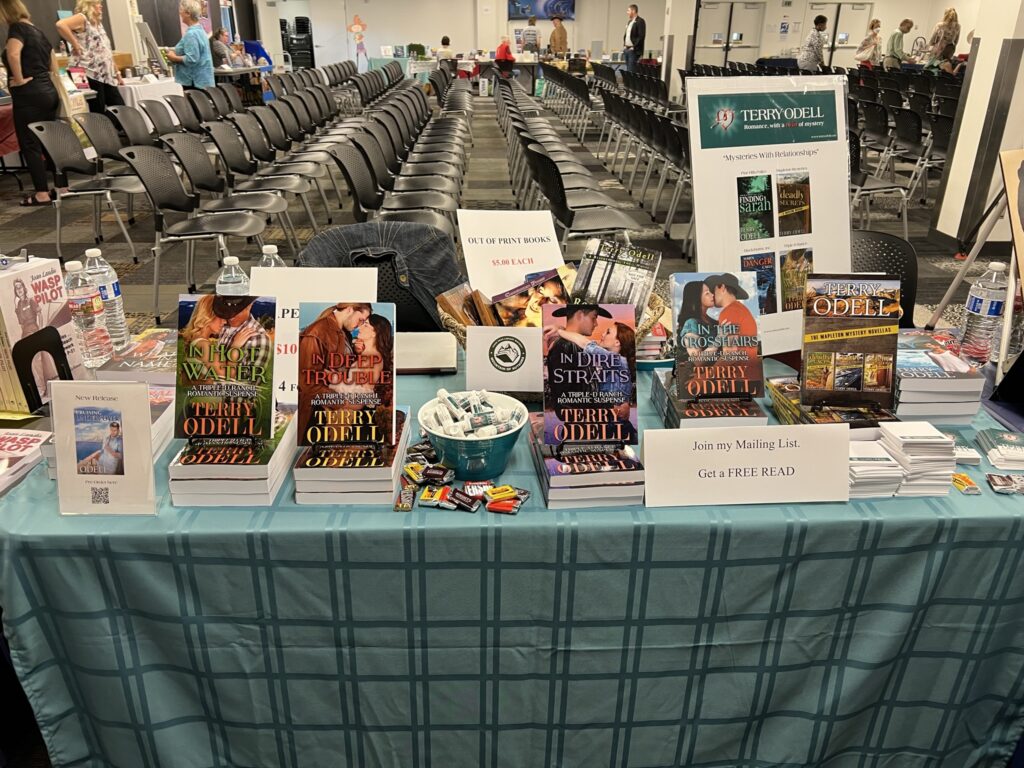I often utilize reality into works of fiction. I can honestly say that actual conversations can be so bizarre and funny that your agent or readers will sometimes say they can’t be real. The old saying, “you can’t make this up,” is true.
For example, back in 1982 my starter wife and I were in a popular Dallas steakhouse called The Shed with another couple. Partway through the meal, I watched four people take a table not far away. I assumed it was a set of parents and their children until I saw the teens holding hands. The young lady and her boyfriend sat facing me across the room and I couldn’t take my eyes off her.
Halfway through the meal, she and her beau had a spat, and she left for a few minutes. When she came back, the older woman said something and the brunette threw her head back and laughed. The evening ended for our dinner party and the four of us left, but the dark-haired girl never left my mind.
Years passed. Life happened. Divorces occurred.
The Bride and I were sitting in our back yard one cool evening about ten years ago, sipping Coppola’s Director’s Cut wine. The conversation wandered to our lives before we met, old Dallas, and long-gone restaurants. I mentioned The Shed, she told me it was her high school boyfriend’s parents’ favorite restaurant.
I recalled their rustic dining room. “Didn’t you love that all you could eat steak idea?”
She threw her head back and laughed. “I could pack it away back when I was eighteen or nineteen.”
Her huge laugh snapped me back to 1983, and that’s when it clicked after all our years of marriage. “Did you have a white fisherman’s sweater at one time?”
“I did. I loved that sweater. I wore it in high school and college…” She paused, giving me a long look over the top of her glass.
“You came in with your boyfriend while I was there. Y’all had a disagreement…”
Her eyes widened. “It was his parents’ favorite restaurant.”
“That was you.” I told her about what I saw that night. “I knew you were the one for me even then.”
The Bride allowed it was her. I’d been captivated my Shana Kay way back when she’d just graduated high school, eight years before we met.
I used that coincidence in a manuscript, but my agent said it was too unbelievable. “I’d take it out.”
Sigh.
Incidences and conversations like this are inspirations, and usually make their way into my work in some way or another. I think I’ve mentioned in passing that I’ve been a newspaper columnist since 1988, and in that time, I’ve written well over 2,000 columns and magazine articles. Most stemmed from real life, and as I’ve always said, there’s always a grain of truth in every column.
The following conversation among the strangers in the following story is absolutely true. I swear, because I lifted all of the unbelievable dialogue from a neighborhood chat/complain social media site, and can testify it’s still on my cell phone. All I had to do was change it enough to avoid plagiarism, (but then again, is it plagiarism if I’m really reporting what was said?) add a setting, personal characteristics, and descriptions to make it my fictional story.
Why did I post my newspaper column for June 26, 2022, on this blog? Because I’m firm a believer in teaching by example. Hope you enjoy this and maybe it’ll help in some way.
*
The Hunting Club membership (my old, graying friends who have hunted and fished together for over forty years) was gathered around the large round corner table in Doreen’s 24 HR Eat Gas Now Café when a gaggle of women pushed through the glass door.
It’s our local gathering place out on the highway, and we’d spent the morning sipping Doreen’s excellent coffee and talking about a big doe lying in the median. Someone hit her the night before and we wondered if she had a fawn when she died.
Woodrow rested his elbows on the Formica table and ran his forefinger through the handle of his thick white coffee mug. “It’s a surprise to see a doe hit this time of the year.”
“I wish it had been a rabbit.” I sighed and watched the women stop to survey the cafe. “Rabbits are like roaches around here these days.”
The ladies ignored us and took a table in the center of the café, putting them in close proximity to our big booth. Had it been a group of men, they’d have moved to the opposite end of the large eating area, as far as possible from where we sat.
One woman who looked like Maude on the Golden Girls spoke with a voice heard by cattle dogs a mile away. “I texted out a warning on the way over here. I just saw a dead deer on the side of the curb in the middle between Eldorado and Panther Creek.”
Woodrow grinned and scratched at his gray beard in thought. “Now I know where to hunt this season. That has to be the same doe we were just talking about, but it’s in the median, so there’s no danger to anyone unless folks are slowing down to look, or texting while they drive!” His voice rose in emphasis, but the newcomers appeared not to hear.
“That’s so sad.” It was a skinny gal with lots of eye makeup and a set of artificial lashes that reminded me of large, dead spiders. I assumed she was talking about the doe, and not Woodrow’s comment.
Jerry Wayne spoke in his usual loud voice, since he can’t hear it thunder these days and refuses to wear his hearing aids. He says he’s cutting down on caffeine, but the big guy still twitches like an outhouse fly. “It’s not so sad. It’s the nature of things. I was raised on venison in Mississippi. Wish I’d have seen that little doe right after it was hit. I could use some backstrap right now.”
As a group, the women frowned and leaned in.
Wrong Willie shook his head. “I’ve told you over and over again it ain’t right to eat roadkill.”
“Depends on how long it’s been on the ground.” Jerry Wayne leaned back to make his point, his version of “drop the mike.”
Maude waved Doreen over to order. “Poor animals. No wilderness to live in anymore. It’s because of all this construction around here. These animals are going to come out more and more. They should take them to a habitat somewhere, because it is very dangerous and sad to see them die this way.”
Constable Rick’s mouth opened and closed, as if he wanted to say something but couldn’t get enough air. He was either laughing, or in shock. Her astonishing comment clammed all of us up, and we listened as they took turns spilling inaccurate thoughts.
“If you call the game warden and tag it, they will give it to you. If you want the meat.”
Woodrow slapped his forehead. Doreen shot him a glare from behind the counter. She wiped her hands on a stained towel and gathered up a handful of empty mugs. I took a moment to look for the mole on her face that seems to move at random from one day to the next.
It must have migrated to the back of her neck that day.
A brunette lady with painted-on eyebrows frowned them together. “You have to bleed it out immediately for it to taste good. That one’s been dead too long, unfortunately. Sad.”
“I can’t stand deer hunters and I’ve been living here twenty-one years when it was wilderness and I’ve never seen anything but bobcats, coyotes, and greyhawks.” That run-on sentence came from a lady covered with tattoos.
Willie tore his eyes from her art and turned to me. “Wilderness? This has been farmland for over a hundred years.”
I shrugged. “Who knows. They’re on a roll, but there’s a million rabbits and squirrels they haven’t seemed to notice.”
“You know,” Maude took a cup from Doreen and smiled her thanks as our favorite waitress and business owner filled it from the fresh pot in her hand. “We need one of those Deer Crossing signs so these poor animals will know where to cross safely.”
Doreen glared in our direction, daring us to say anything. I looked around the table and saw Jerry Wayne, Willie, Woodrow, and Constable Rick all bite their lips at the same time.
The youngest of the female troupe frowned. “I didn’t know deers were prevalent in this area of Texas. It looks like we need wildlife overpasses.”
Willie slipped down in the booth, dissolved into hysterical giggles, and slapped the table. I hoped his red face wouldn’t explode.
A dishwater blonde shook her head at the enormity of it all. “I was surprised to see a deer in the residential neighborhood by the ponds. But to a deer, the ponds are connected to the wooded lakeshore that is their habitat encroached by human development and cars and roads. It’s arguable whether that backdrop of wilderness area is manicured by human development or if it belongs to wildlife or humans.”
Jerry Wayne raised a finger to make some point, but I shook my head. I wanted to hear more.
“Of course, they don’t have GPS to guide them back to the wilderness areas.” The blonde sighed. “Of course that poor deer was lost because how would it expect wooded lakeshore pond trails to dead-end in concrete roads and blocks of framed structures that we call houses?”
The boys, who were having a helluva time, nodded in encouragement, hoping to keep the conversation on track.
“It’s a puzzle for the deer to navigate their way back to the native wooded areas without running into human-erected structures.” Maude squared her shoulders and sent us a glare, likely preparing for battle. “They are stuck in the urban area not because they want to live here, but are lost in the maze, thinking crossing the street would get them back to the wild when they’re desperately trying to find a way out.”
I studied the boys’ faces. “I don’t even know what that means.”
She paused again. “You know, I have an idea. I suggest the city create a deer farm for them so they don’t have to run in the street. Then you’ll have time to stop even when a deer dashes out in front of you, and people need to slow down. It’s hard to hit a deer if you drive the speed limit.”
Wheezing in delight, the guys slapped the table, giggling like schoolgirls.
Doreen came over and spoke through her teeth. “Don’t! Y’all shouldn’t be eavesdropping anyway!”
“But we were here first. They’re the ones who sat within earshot.” Woodrow laid his head on the table. “Put the deer in farms!!!???”
Doreen’s demeanor cracked and she leaned in to whisper in a giggle. “Well, they’re move-ins, bless their hearts.”
Maude took a deep breath. “Well, at least we’re aware of the deer now. That makes me feel better, but you’re right. They need to move the deer crossing somewhere with less traffic.”
And we all fell out.
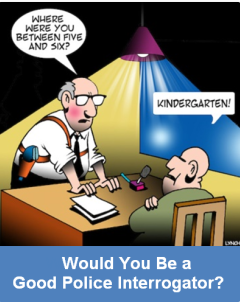 To start, drop the “interrogation” word. It’s not correct to say “interrogation” in today’s professional police procedures. The right terms are “interview” and “dialogue exchange”. And, they’re more applicable because the vast majority of police-civilian interactions are respectful interchanges of relevant information.
To start, drop the “interrogation” word. It’s not correct to say “interrogation” in today’s professional police procedures. The right terms are “interview” and “dialogue exchange”. And, they’re more applicable because the vast majority of police-civilian interactions are respectful interchanges of relevant information.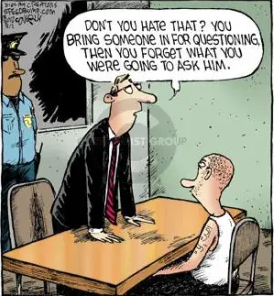 The higher the score – the better your listening skills tend to be and the better interrogator interviewer you would be. Note: This is not a scientific test and has not been validated or otherwise vetted. These opinions are those of Dr. O’Toole and do not represent the views of the FBI.
The higher the score – the better your listening skills tend to be and the better interrogator interviewer you would be. Note: This is not a scientific test and has not been validated or otherwise vetted. These opinions are those of Dr. O’Toole and do not represent the views of the FBI.
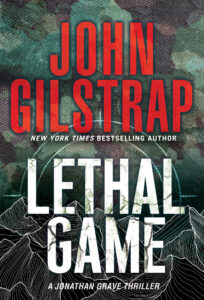 Forgive me as I begin this week’s post with some shameless self-promotion. This is Launch Week for the latest in my Jonathan Grave thriller series (#14!). It’s called
Forgive me as I begin this week’s post with some shameless self-promotion. This is Launch Week for the latest in my Jonathan Grave thriller series (#14!). It’s called 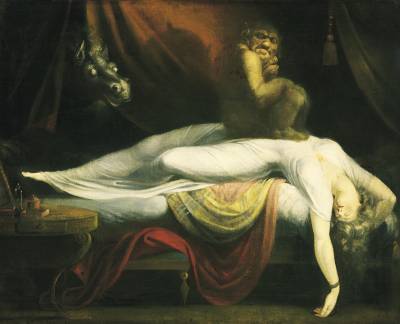

 Fictional truth is never quite as clear as it seems on the surface. Deceptiveness boils down to manipulation, disguise,
Fictional truth is never quite as clear as it seems on the surface. Deceptiveness boils down to manipulation, disguise, 